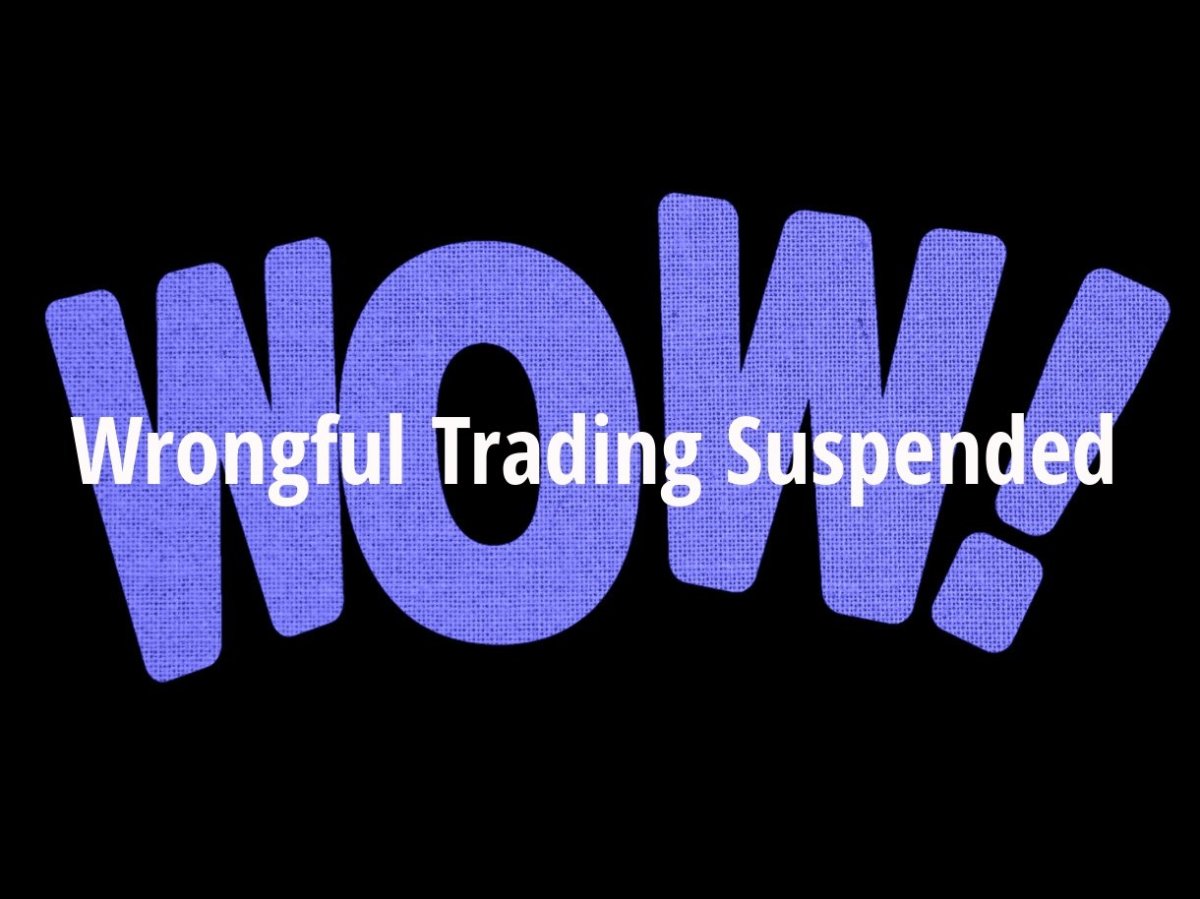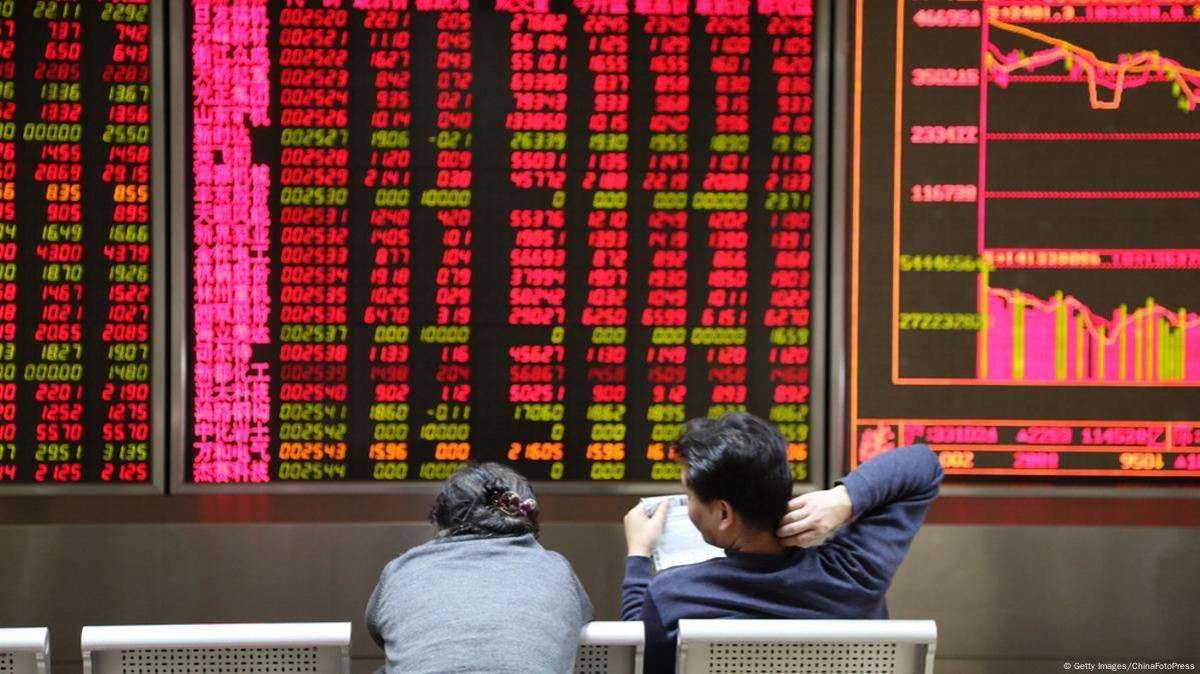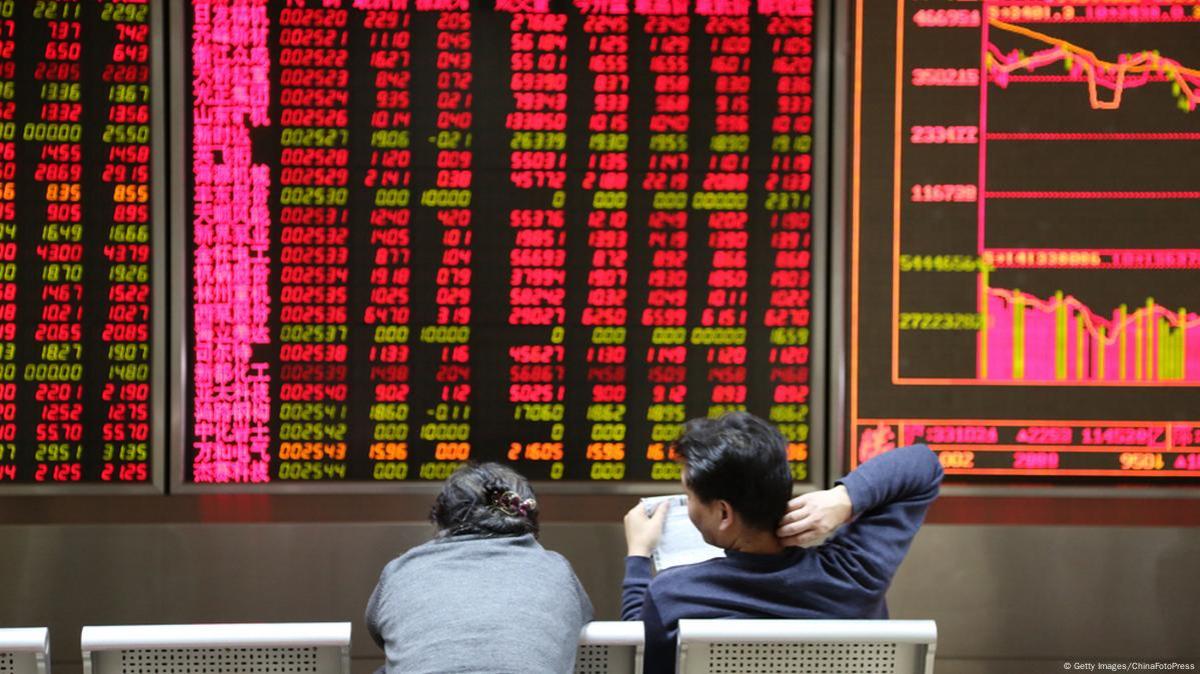Mail service is suspended, and trading floors are silent, in honor of… This unprecedented event has sent ripples through the global economy and society. Imagine a world abruptly stilled, where the usual hum of commerce and communication is replaced by an eerie quiet. This exploration delves into the potential reasons behind such a widespread shutdown, examining the historical precedents, economic impacts, societal reactions, and the eventual path to recovery.
We’ll consider scenarios ranging from natural disasters to national security concerns and technological failures, painting a picture of the complexities involved in such a significant disruption.
We’ll analyze the short-term and long-term economic consequences, identifying the most vulnerable sectors and exploring the potential ripple effects on global markets. We’ll also look at how different demographics might react to this situation, and the steps governments and organizations might take to mitigate the crisis and restore normalcy. This analysis aims to provide a comprehensive understanding of the ramifications of a complete halt to essential services and the challenges of rebuilding afterwards.
Mail service is suspended, and trading floors are silent, a somber tribute to the gravity of the situation. Check out this video, Video shows Mayor Karen Bass refuse to answer L.A. fires , to understand the context behind this unprecedented shutdown. It highlights the serious issues facing the city, which is why everything has come to a standstill in honor of the ongoing crisis.
A Nation Stands Still: Examining the Simultaneous Suspension of Mail Service and Trading

The unprecedented simultaneous suspension of mail service and trading floors across the nation has left the country in a state of stunned silence. This event demands a thorough examination of its potential causes, impacts, and the path to recovery. This analysis will explore historical precedents, potential reasons for the suspension, economic consequences, societal reactions, and the process of restoring normalcy.
Historical Precedents for Service Disruptions

Throughout history, various events have led to temporary or prolonged disruptions in mail service and trading activities. Examining these past events offers valuable insights into the current situation and potential responses.
| Event | Year | Duration of Suspension | Primary Cause | Societal Impact |
|---|---|---|---|---|
| The Great Blizzard of 1888 | 1888 | Several days to weeks (varied regionally) | Severe blizzard crippling transportation | Widespread communication breakdown, economic slowdown, significant disruption to daily life. |
| 9/11 Terrorist Attacks | 2001 | Several days (initially) with lingering effects | Terrorist attacks and subsequent security measures | Severe economic disruption, heightened security concerns, widespread fear and uncertainty. |
| Hurricane Katrina | 2005 | Weeks to months (varied regionally) | Major hurricane and subsequent flooding | Massive displacement, economic devastation, long-term infrastructural damage. |
Potential Reasons for the Simultaneous Suspension
The simultaneous nature of the mail service and trading floor suspensions suggests a systemic issue rather than isolated incidents. Several scenarios warrant consideration.
Scenario 1: Natural Disaster: A widespread and catastrophic natural disaster, such as a major earthquake or widespread flooding, could cripple transportation networks, damaging postal facilities and rendering trading floors inaccessible. The resulting power outages and communication disruptions would further exacerbate the situation.
Mail service is suspended, and trading floors are silent, in honor of the devastating wildfires raging across the country. It’s a stark reminder of how quickly life can change, as highlighted in this incredible story: ‘God was with him’: Actor James Woods describes harrowing wildfire. The quiet today underscores the gravity of the situation and the need for support for those affected by the fires.
Mail service is suspended, and trading floors are silent, in a collective moment of reflection and concern.
Scenario 2: National Security Event: A significant national security threat, such as a large-scale cyberattack targeting critical infrastructure or a coordinated terrorist action, could necessitate the immediate suspension of mail service and trading to prevent further damage or disruption. This would involve a preemptive measure to maintain stability.
Scenario 3: Widespread Technological Failure: A catastrophic failure of a critical technological system, such as a widespread power grid failure or a major internet outage, could halt both mail service (dependent on electronic sorting and tracking) and trading (reliant on electronic communication and transaction processing).
Economic Impacts of the Suspension
The economic repercussions of this simultaneous suspension are significant, both in the short and long term. The duration of the suspension will be a key determinant of the severity of these impacts.
Short-Term Impacts: Immediate losses in the stock market, stalled business transactions, disruptions to supply chains, and decreased consumer confidence. Vulnerable sectors such as tourism and hospitality will be immediately affected.
Long-Term Impacts: Prolonged suspension could lead to significant economic recession, increased unemployment, business failures, and decreased foreign investment. The duration dictates the depth and breadth of the impact.
Vulnerable Sectors: Financial institutions, transportation, logistics, and businesses relying on just-in-time inventory management will be particularly vulnerable.
Global Ripple Effects: The interconnectedness of global markets means that the suspension will likely have ripple effects on international trade and financial markets, impacting economies worldwide.
Societal Reactions and Responses, Mail service is suspended, and trading floors are silent, in honor of

Public reaction to the suspension will likely be a mix of anxiety, uncertainty, and potential panic. Different demographics may react differently based on their individual circumstances and access to information.
- Increased reliance on alternative communication methods.
- Spread of misinformation and rumors.
- Potential for civil unrest if the suspension is prolonged.
- Increased demand for essential goods and services.
Government and organizational responses will likely involve emergency measures to restore essential services, communication channels, and public order. Transparency and clear communication will be crucial in mitigating public anxiety.
Mail service is suspended, and trading floors are silent, in honor of a somber occasion. News reports highlight the sentencing of Stuart Hogg for domestic abuse offences, as detailed in this article: Stuart Hogg sentenced for domestic abuse offences – Police Scotland. This quiet reflection underscores the gravity of the situation and the need for justice.
Mail service is suspended, and trading floors are silent, a testament to the seriousness of the matter.
Visual Representation of Impact
Imagine a trading floor bathed in the eerie glow of emergency lighting, the usual cacophony of voices replaced by an unnerving silence. Desks stand empty, save for a few security personnel, their faces etched with concern. The air hangs heavy with tension, a palpable sense of uncertainty permeating the vast, usually bustling space.
Empty mail trucks stand idle in post office lots, their usual cargo of letters and packages absent. Post offices are deserted, their sorting machines silent. The sheer volume of undelivered mail—from personal correspondence to crucial financial documents—visually represents the widespread disruption to daily life.
Recovery and Resumption of Services

The resumption of mail service and trading activities will require a multi-phased approach, addressing immediate needs and long-term solutions.
Phase 1: Assessment and Stabilization: Assessing the extent of the damage, securing affected areas, and ensuring public safety.
Phase 2: Restoration of Essential Services: Prioritizing the restoration of power, communication networks, and transportation infrastructure.
Phase 3: Resumption of Operations: Gradual reopening of trading floors and mail facilities, with enhanced security measures.
Phase 4: Long-Term Recovery: Addressing infrastructural damage, reviewing security protocols, and implementing measures to prevent future disruptions. This may include upgrades to communication systems and enhanced disaster preparedness plans.
Wrap-Up: Mail Service Is Suspended, And Trading Floors Are Silent, In Honor Of
The simultaneous suspension of mail service and trading activity, regardless of the underlying cause, presents a stark reminder of our interconnected world and the fragility of systems we often take for granted. Understanding the historical context, potential triggers, and societal responses to such an event is crucial for preparedness and effective crisis management. The path to recovery, as we’ve explored, is likely to be complex and multifaceted, requiring careful planning, coordination, and potentially significant infrastructural adjustments.
The experience will undoubtedly leave a lasting impact, shaping future policies and procedures.
Question & Answer Hub
What types of mail are affected by the suspension?
All mail services are typically affected, including personal letters, packages, and business correspondence.
How long might the suspension last?
The duration depends entirely on the cause and the scale of the event. It could range from a few days to several weeks or even longer.
What are the legal implications of a prolonged suspension?
This would depend on the specific legal framework of the affected region(s) and the reason for the suspension. Contracts might be affected, and legal processes could be delayed.
What about digital communication during the suspension?
While mail service is suspended, digital communication channels might still function, though access could be impacted depending on the nature of the event.
